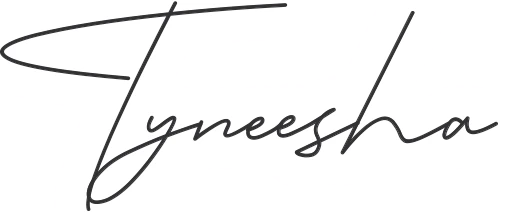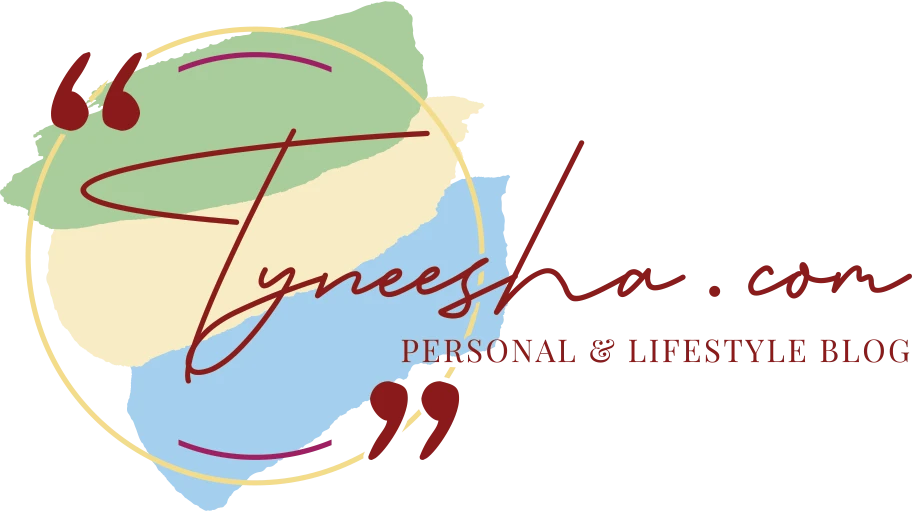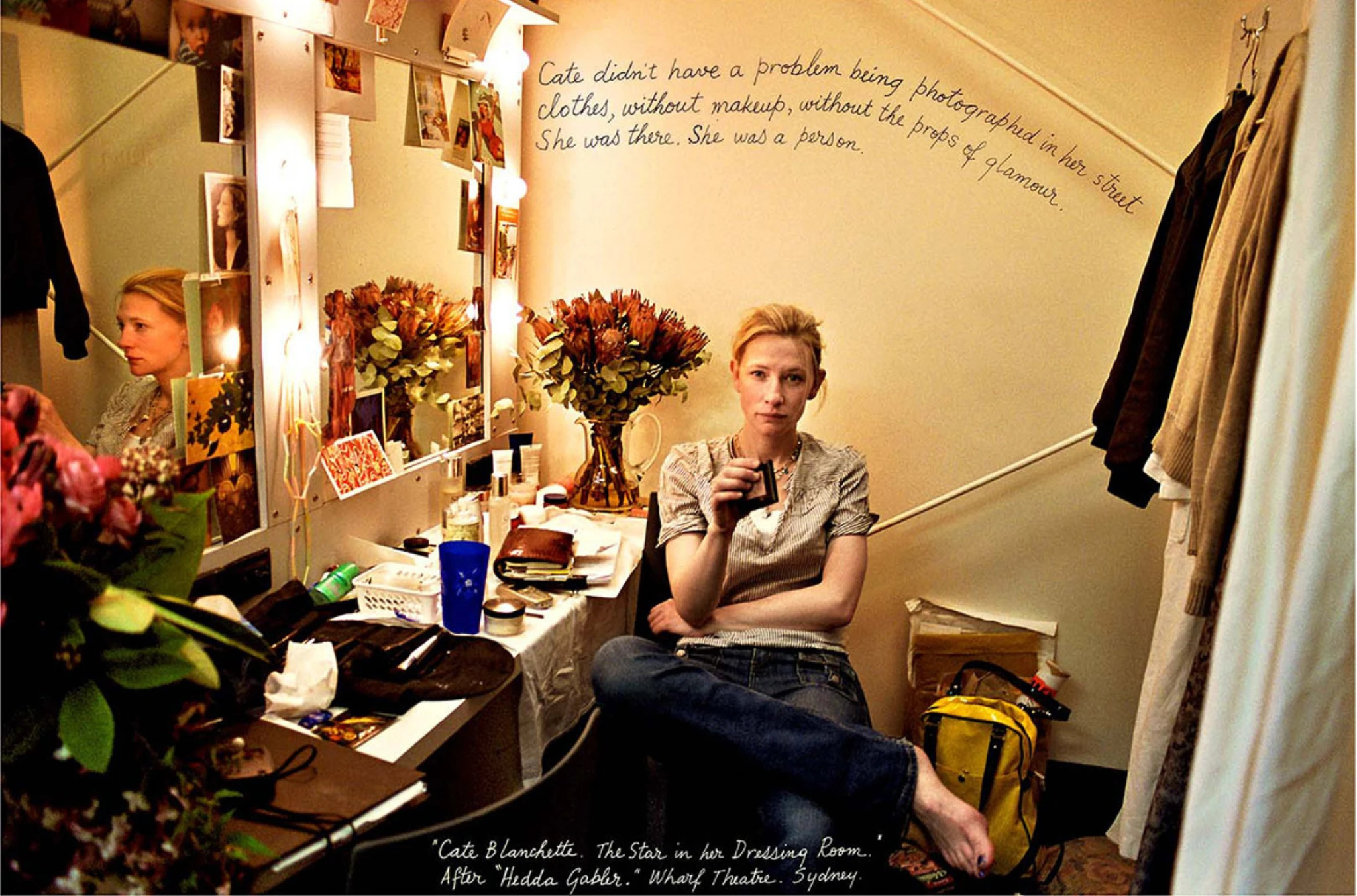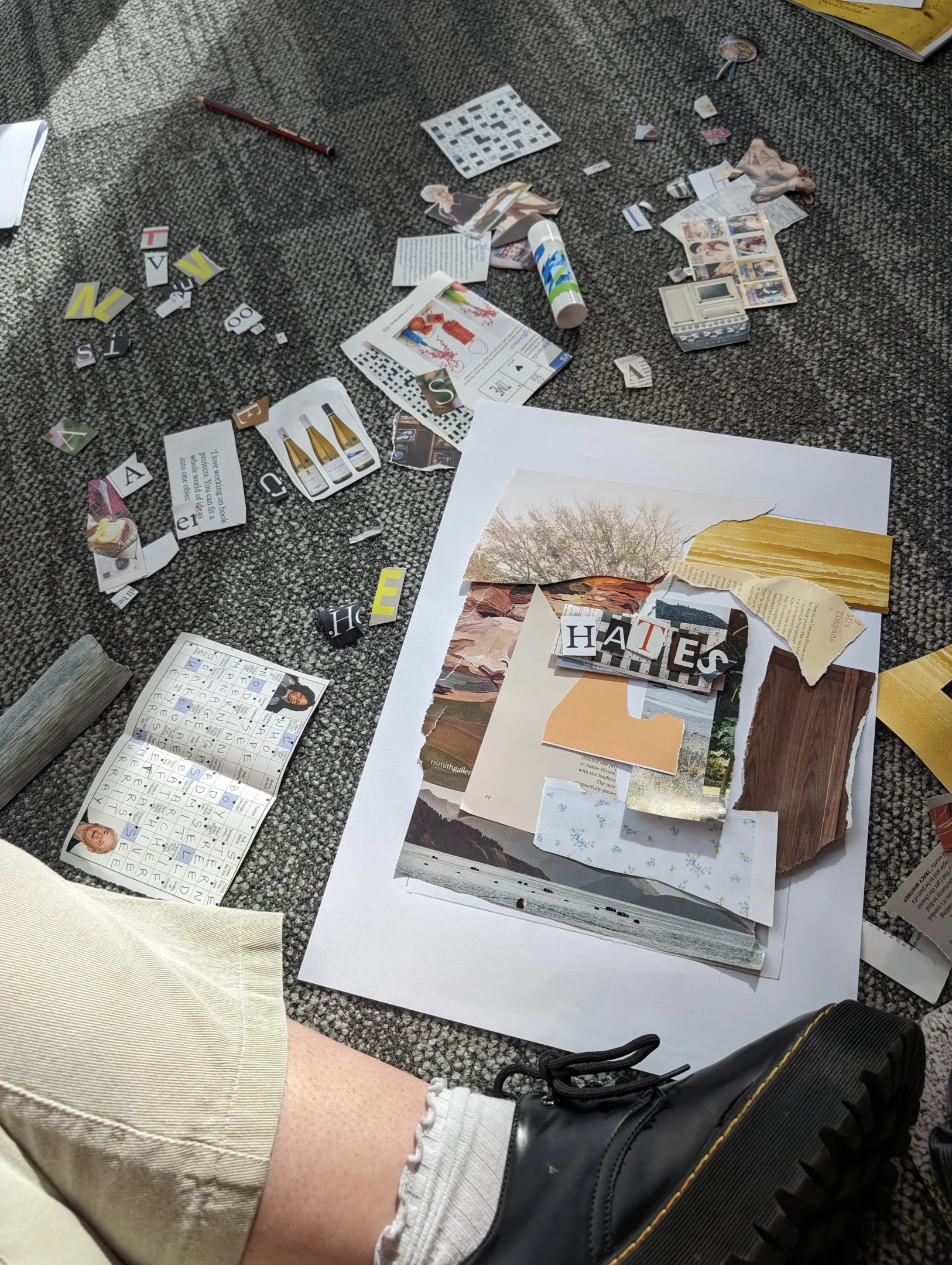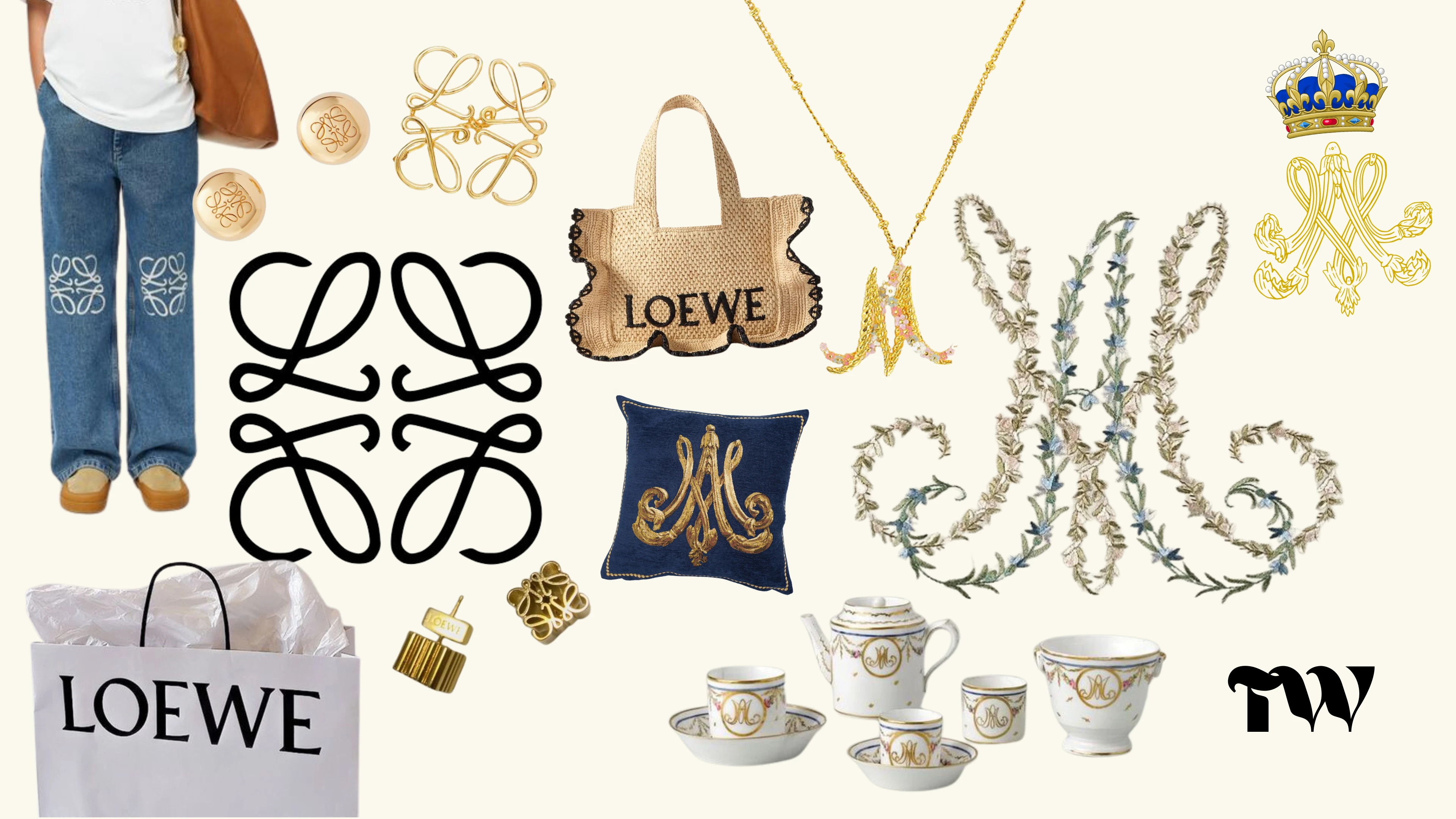23rd October, 2024
Instagram is the platform that most effectively enables me to present an accurate representation of my character. While I’d argue that none of my social media accounts conveys an inauthentic version of myself, I do find that Instagram’s visual element enables me to publish a more whole version of my persona than other platforms such as Twitter or Facebook do.
Instagram allows users to have more than one account, which, in my case, has been utilised to present different facets of my persona. I have a public account, a private account, an abandoned photography account and a new account for my BCM114 DA.
As someone who places a high value on visual & aesthetic experiences, Instagram has allowed me to share some of my best, and most favourite photo content in a way which I feel most adequately reflects who I am, what I’m like, and what is important to me.
Though, there’s an interesting disparity I’d like to draw out between the way I use my public account to present a sense of self, as compared with my private account.
Thomson & Cassidy (2018) conducted a study that aimed to identify why young people aged 18-25 make and use “private accounts” on Instagram and largely found that young people were enticed as a result of Instagram’s allowance for users to customise and limit their audience and therefore gain freedom in their online identity.
The ability to influence the size and nature of your audience on Instagram is an affordance which shapes how I use the platform. Barbour, Lee and Moore (2017) refer to these curated audiences as ‘micro-publics’, and add that Instagram has a “particularly wide-ranging spectrum of publicness, wherein users might operate within contained and regulated publics but have opportunities to broaden that scope and enter (and entertain) a global public audience.”
On my public account, I tend to post less frequently than on my private account. It is a more curated feed which generally only includes my best photography or posts about events that I consider to be significant in my life (concerts mostly). I have around 1000 followers, most of which I’ve never met. While I don’t stick to a specific “theme” any more (I found it limiting), I do try to plan my posts so that the grid view is somewhat visually appealing. I rarely use my story, and when I do, the reason usually has something to do with utilising the larger follower base (e.g. asking for interviewees). I don’t use follower controls for my public account, as I generally don’t post anything that might put myself in danger if strangers on the internet saw. But mostly I don’t think about the audience of my public account, so much as I find it to be an aesthetic project that I can look at and be proud of.
On the other hand, I post on my private every few days at least and It usually features more personal thoughts, things that probably wouldn’t make sense to people who aren’t my friends (friends have background context about you that strangers on the internet do not). While I keep an even looser theme than on my public account, I still enjoy creating and posting semi-aesthetic content for my own creative appeasement. I have an approximate maximum of 50 followers on this account at any given time. I exercise more control over who sees what content. If I want to post something extra personal, I can post to a “close friends list” which for me includes an average max of about ten people whom I am comfortable sharing more personal information with.
References
Barbour, K., Lee, K. and Moore, C., 2017. Online Persona Research: An Instagram Case Study. Persona Studies, 3(2), p.1. https://doi.org/10.21153/ps2017vol3no2art710
Thomson, Terrell & Cassidy, Elija (2018) Private to some, public to others: How Australian youth segment their identities on Instagram. In Digital Intimacies 4 Conference, 2018-12-05 – 2018-12-07. https://eprints.qut.edu.au/128370/
